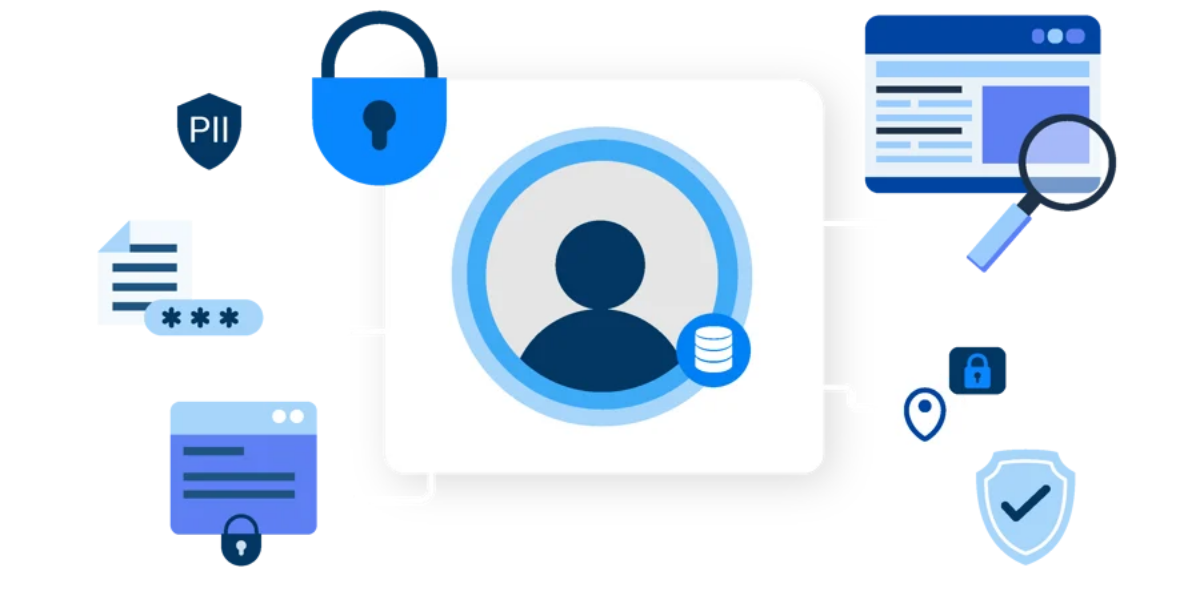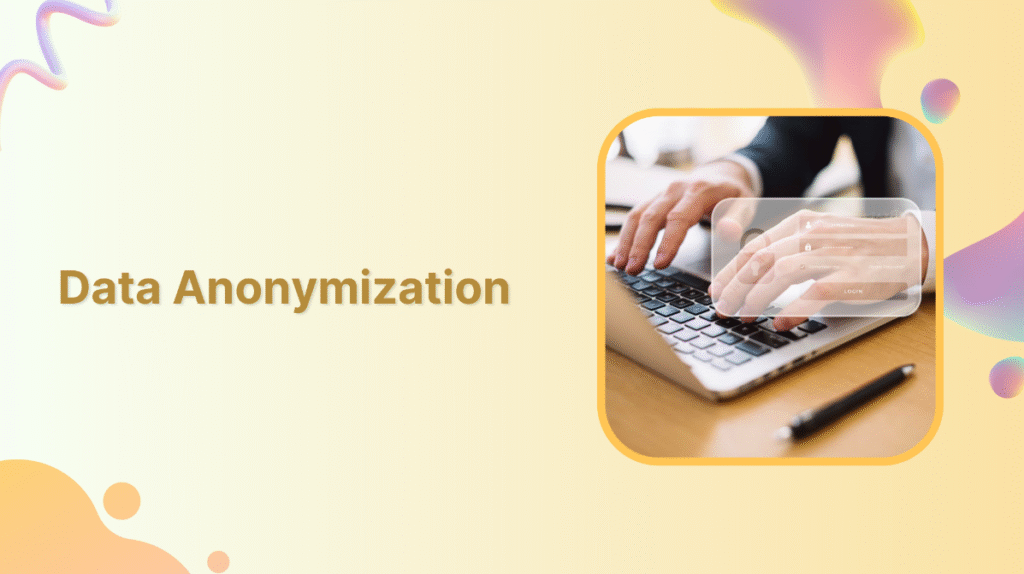How to anonymize body sensor data ethically:
Body sensor data—heart rate, sleep, your smartwatch tracks, steps—today underpins modern health and fitness. Sensor-enabled bodies now contain intimate data about our lives, valuable medical research, and personal healthcare data. And good data is matched with an equal amount of responsibility. Abuse of this sensitive data can expose consumers to identity theft or discrimination. Enter ethical anonymization.
This article explores how to anonymize body sensor data ethically, ensuring privacy without sacrificing utility. We’ll cover the benefits, methods, ethical frameworks, and practical steps to help healthcare professionals, data scientists, and tech developers safeguard user data. Expect a deep dive into data privacy, ethical data handling, wearable technology, and health data security, all presented in an engaging, easy-to-understand way.
Why Anonymize Body Sensor Data?
The Body Sensor Sensitivity
Wearables like Fitbit, Apple Watch, or medical-grade wearables collect very personal data—heart rate, sleep patterns, body movement, even stress. They can all reveal the health conditions, life, or vulnerabilities of a user. Abnormal heart rate data, for instance, may reflect a health condition, and thus, the perfect subject for abuse.
Data violations create a real threat. A Fitbit data leak in 2018 exposed users’ activities and locations because of inadequate privacy controls, demonstrating the danger. Without adequate protection, sensitive health information can be used for identity theft, discriminatory marketing, or even insurer or employer prejudice.
Benefits of Ethical Anonymization
Anonymizing body sensor information ethically is a win-win. Privacy remains personal, and new research is enabled. Anonymized data, for example, can enable researchers to examine population health patterns without sacrificing personal data.
It also builds user trust. When people are confident their information is secure, they’re more likely to embrace wearable technology, driving adoption and innovation. And via ethical anonymization, rigorous privacy regulations like GDPR, HIPAA, and CCPA can be enforced, keeping cost traps and reputational risk at bay.
Knowing Ethical Anonymization
What is Ethical Anonymization?
Anonymization is the process of stripping identifiers like names or device IDs from data so it can’t be traced back to an individual. While pseudonymization replaces identifiers with reversible codes, true anonymization is unidirectional. The moral trap? It’s a question of getting the balance between data utility—making data valuable to researchers—and good privacy defense right.
Transparency and consent come first. The users must be told what is being gathered, how it is being processed, and that their are is anonymized so that they stay safe. Ethical anonymization is a technical project and a commitment to protecting the rights of the users.
Principles of Ethical Data Handling
There are three pillars of ethical data handling:
-
Respect for Autonomy: Users must offer informed consent and know the way their information will be used.
-
Minimizing Harm: Robust anonymization controls prevent disclosure or re-identification of data.
-
Fairness: Don’t discriminate when applying data, for example, don’t exclude certain groups of people in medical research, so that everybody is treated equally.
These principles allow organizations to keep trust and deliver value without infringing on privacy.
Anonymizing Body Sensor Data Methods

Data Anonymization Methods
The four powerful data anonymization methods to anonymize body sensor data include the following:
-
In aggregate data from many users, produce group-level data, e.g., city-level average heart rate. This removes individual identifiers.
-
Data Masking: Replace sensitive data, e.g., exact heart rates, with random or generated data that preserves general patterns.
-
Differential Privacy: Add measured amounts of “noise” to datasets. Illustration: Minor adjustments to step counts preserve privacy but maintain statistical accuracy.
-
K-Anonymity: Ensure that no single record in the data can be identified from at least k-1 others. If k=5, no record can be linked to fewer than five people.
All share trade-offs, but all ensure safekeeping of identities without making data useless.
Anonymization Tools and Technologies
Some tools enable anonymization:
-
ARX: Free and open-source tool to anonymize health data using k-anonymity and differential privacy methods.
-
Amnesia: A Simple data masking and aggregation platform that can be used by small organizations.
-
Encryption: Encrypts data during processing so that anonymized output is published only.
Game-changing next-generation technologies such as federated learning are a walk in the park. These enable data analysis on users’ devices without centralizing sensitive information, reducing breach threats.
Challenges in Anonymization
Anonymization is never a one percent success story. Over-anonymization of data drains valuable life from it, making it obsolete for research purposes. On the flip side, advanced techniques like data linkage have the propensity to re-identify people, especially when datasets are combined. Staying ahead of the curve means constant vigilance and innovative techniques.
Implementing Ethical Anonymization
Step-by-Step Body Sensor Data Anonymization
Ethically anonymize body sensor data in the following steps:
-
Data Sensitivity and Legal Requirements: Identify what sensitizes your data (e.g., heart rate patterns) and reference laws like GDPR or HIPAA.
-
Informed Consent: Disclose to users clearly how their data will be harvested, anonymized, and utilized.
-
Choosing Anonymization Techniques: Choose techniques like differential privacy or k-anonymity based on data type and use.
-
Use Secure Tools and Protocols: Process data with products like ARX and store it via encrypted systems.
-
Audit and Refresh Practices: Review anonymization practices regularly to consider new threats or legislation.
Best Practices in Ethical Data Handling
-
Transparency of Data Governance: Create policies for who views data and how it is processed.
-
Training Staff: Educate staff on privacy law and ethical guidelines to prevent errors.
-
User Interaction: Be transparent about data practices via open user updates and privacy notices.
Case Studies
-
A hospital used differential privacy to extract wearable data for heart disease patterns without disclosing patient identities. The reward? Actionable insights without compromising privacy.
-
Fitness App with K-Anonymity: A leading fitness app used k-anonymity (k=10) to share aggregated workout statistics with researchers without disclosing the identity of even a single user.
Legal and Ethical Foundations
Overview of Privacy Regulations
Privacy legislations form the foundation of ethical anonymization:
-
GDPR (EU): Calls for anonymization so that data is not subject to the need for explicit consent. Failure to comply can attract fines of up to €20 million or 4% of the business’s turnover per year.
-
HIPAA (US): Calls for de-identification of health information, including minimums for removing identifiers like names or birthdates.
-
CCPA (California): Gives consumers the right to be informed on how they are having their data is used and to ask for it to be erased, which makes companies anonymize.
Ethical Principles for Data Utilization
Alongside law, ethical principles control the proper usage of data:
-
Beneficence and Non-Maleficence: Apply data to deliver benefit to users (e.g., enhanced health) without causing harm (e.g., leaks).
-
Declaration of Helsinki: Medical research paradigm focusing on informed consent and ethical management.
-
Ethics Committees: Use independent reviewers to ensure data projects adhere to ethical standards.
Addressing Global Differences
Privacy legislations vary worldwide. GDPR within Europe is stricter than the majority of US legislations, with those within Asia, like Singapore’s PDPA, being a mix of both EU and US flavors. Multinational programs use flexible strategies, like adopting the strictest standard (like GDPR) to gain global compliance.
FAQs About How to Anonymize Body Sensor Data Ethically
What is body sensor data, and why is it sensitive?
Body sensor data includes such readings as heart rate or sleep activity from wearables. It’s personal data since it is private health data, and so it can be abused.
How is anonymization different from pseudonymization?
Anonymization irreversibly removes identifiers, whereas pseudonymization uses reversible codes and offers less protection.
What are the best tools for anonymizing body sensor data?
ARX and Amnesia are only two of the products that aid techniques like k-anonymity and data masking, ideal for health data.
How do organizations ensure they are compliant with privacy regulations?
Comply with GDPR, HIPAA, or CCPA regulations, have good anonymization, and perform regular audits.
What are the implications of not anonymizing body sensor data?
Implications include data breaches, identity theft, discrimination, and non-compliance penalties.
Can anonymized data be useful for research?
Yes, techniques like differential privacy preserve statistical value, facilitating research while confidentiality is not breached.
Conclusion: How to anonymize body sensor data ethically
Ethically anonymizing body sensor data is more than a technological challenge—it’s a guarantee of user privacy and wearables’ promise. With methods like data aggregation, differential privacy, and k-anonymity, organizations can safeguard personal health information and comply with regulations like GDPR and HIPAA. Adhering to best practices, from open governance to transparency of users, builds trust and spurs innovation.
Ready to take the wheel? Apply ethical anonymization to your projects now and create a privacy-first future for health data.
If you want more Information, explore our website: Iofbodies

